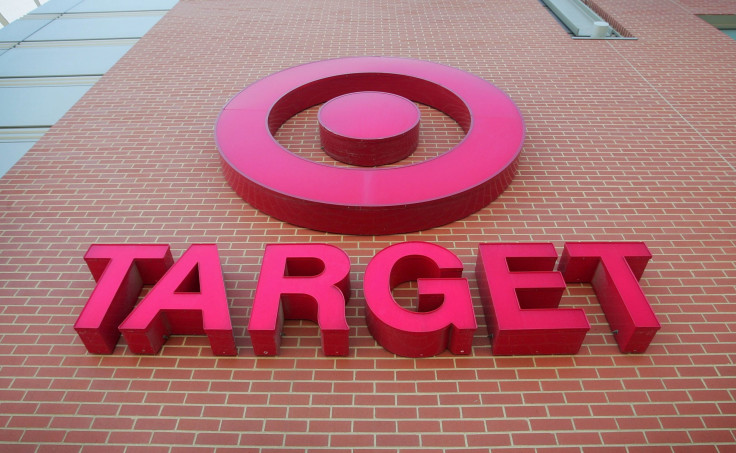Target Stock Jumps 8% On Q1 Earnings Beat

Leading U.S. retailer, Target Corporation reported its first-quarter results that beat analysts’ expectations. Target shares jumped nearly 8 percent in premarket trading after the news.
The Q1 results showed Target’s success in bringing more people to its stores and spending more money.
Main highlights
The performance metrics included comparable traffic growth of 4.3 percent; stores transactions growth at 4.8 percent and the average transaction amount jumping 0.5 percent.
The first-quarter operating income was a remarkable $1.135 billion and was 9.0 percent higher than a year ago.
The high point of the Q1 earnings report was Target’s surging e-commerce that had a 42 percent jump. Target wooed shoppers with the curbside pickup service for online orders that even Amazon was not offering.
Based on Refinitiv data, the top retailer has beaten the following figures of analysts.
· Earnings per share, adjusted: $1.53 vs. $1.43 expected
· Revenues: $17.63 billion vs. $17.52 billion expected
· Same-store sales: Up 4.8 percent against 4.2 percent expected
Guidance for Q2 and full year
Target maintained its guidance for the whole year despite the looming burden of 25 percent Trump tariffs on apparel and footwear imports from China.
The slight dip in Target’s gross margin during the first quarter was attributed to the hike in supply-chain and digital-fulfillment costs.
According to CEO Brian Cornell, Target is “well-positioned to deliver strong financial performance in 2019 and beyond.”
Target expects the second quarter comparable sales growth to be in the low-to-mid-single-digit range and adjusted EPS of $1.72.
In the latest quarter, Target received a good response to many new products such as intimates and sleepwear brands Auden, Stars Above and Colsie.
For full-year 2019, expectations are on low- to mid-single digit hike in comparable sales, a mid-single digit jump in operating income, and adjusted EPS of $6.05.
Profit growth
Net income grew to $795 million compared with $718 million, a year ago. Total revenues jumped 5 percent to $17.63 billion from $16.78 billion last year. In same-store sales growth Target made a milestone of eight consecutive quarters getting consistent growth.
Digital sales (e-commerce) soared 42 percent and 7.1 percent of Target’s total transactions originate online, up from 5.2 percent a year ago.
Morgan Stanley’s thumbs up
In early May, Morgan Stanley gave thumbs up to Target with an upgrade to the shares. Morgan Stanley hailed Target as a “survivor” in retail.
“There are signs Target’s shipping-related deleverage is narrowing, particularly as it invests in fulfillment options ... which promote higher traffic and reduce costs,” Morgan Stanley’s note said, weeks before the earnings report came in.
In the major plans for 2019, Target will optimize its network of stores and use Shipt’s technology platform to offer same-day delivery. Re-modeling of 300 stores is also on cards.
© Copyright IBTimes 2025. All rights reserved.





















